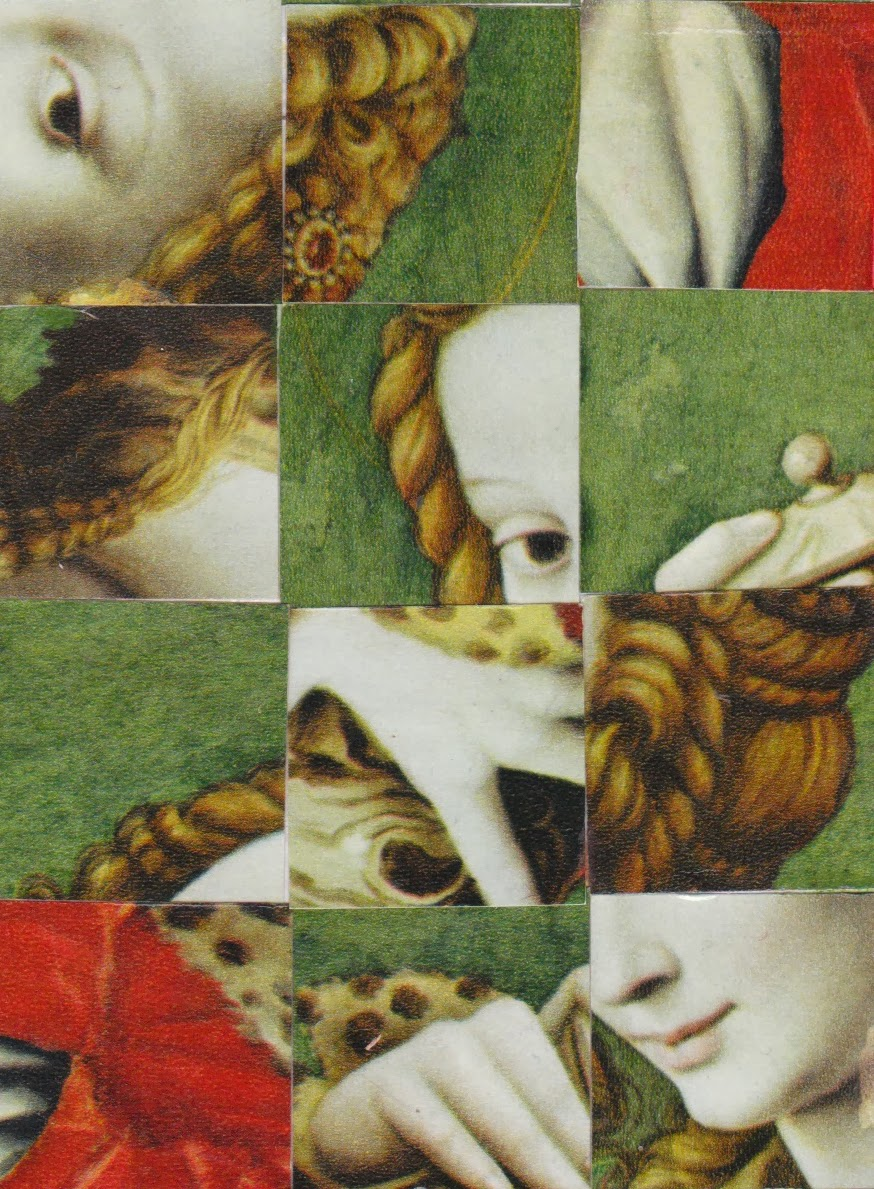created, $=dv.current().file.ctime & modified, =this.modified
tags:surrealismwriting
In [Remedios Varos]
allows a person to produce written words without conscious writing. Practitioners would hold out a writing instrument and allow alleged spirits to manipulate the practitioner’s hand.
Sprit writing, later called Fuji was a tradition in China where various spirits were received by mediums. This was planchette based.
In the West, an early example of the practice is the 16th-century Enochian language, allegedly dictated to John Dee and Edward Kelley by Enochian angels and integral to the practice of Enochian magic
Surautomatism
We have returned to the problem of knowledge through images… by establishing a clear distinction between images produced by artistic means and images resulting from rigorously applied scientific procedures, such as the operation of chance or of automatism. We stand opposed to the tendency to reproduce, through symbols, certain valid theoretical contents by the use of pictorial techniques, and believe that the unknown that surrounds us can find a staggering materialization of the highest order in indecipherable images. In generally accepting until now pictorial reproductive means, surrealist painting will find that the way to its blossoming lies in the absurd use of aplastic, objective and entirely non-artistic procedures.
allegedly cutting the notion of “artist” out of the process of creating images and replacing it with chance and scientific rigour
An example Entopic Graphomania where dots are made at sites of impurities in blank sheet of paper, and then lines are made between these dots.
An example Cubomania - where an image is made into a collage by cutting it up and reassembling it, without regard for the original image.

Aerography
- A 3D object is used as a stencil with spraypainting.
Bulletism
- shooting ink on a blank piece of paper.
Coulage
- Involuntary sculpture made by pouring molten material into cold water. As the material cools it takes on a random form.
Decalcomania
- the process of spreading thick paint on a canvas and then while it is still wet covering it with further material such as paper or foil. This covering is then removed producing a pattern.
Dream Resume
- takes the form of an employment resume but chronicles the subject’s achievements in dreams rather than waking life.
Echo Poem
- a poem composed by one or more persons with this process
- the first stanza is written on the left-hand column of a piece of paper divided into two columns. Then the echo of the first stanza is composed on the write hand column of the page. Writing is done automatically.
In an echo poem, a technique invented by Aurélien Dauguet in 1972, one or more people write on a piece of paper divided into two columns. After the first poet writes a line in the left column, the second poet “echoes” by writing a stanza that rhymes or sounds phonetically the same in the right column. Many times the echo is one or two words. An example of an echo poem is Fred Chappell and John Niedzwiecki’s “Narcissus and Echo.” The echoing words create a poem of their own. Fred Chappell and John Niedzwiecki’s “Narcissus and Echo”
Shall the water not remember Ember my hand’s slow gesture, tracing above of its mirror my half-imaginary airy portrait? My only belonging longing is my beauty, which I take ache away and then return, as love of of teasing playfully the one being unbeing. whose gratitude I treasure Is your moves me. I live apart heart from myself, yet cannot not live apart. In the water’s tone, stone? that brilliant silence, a flower Hour, whispers my name with such slight light moment, it seems filament of air, fare the world become cloudswell. well.
Exquisite Corpse
- words or images are collectively assembled, based on an old parlour game also known as consequences, in which players wrote in turn on a sheet of paper and folded it to conceal part of the writing, and then passed it to the next player for further contribution.
Paranoic-critical method
- invented by Dali which consists of the artist invoking a paranoid state (fear that the self is being manipulated, targeted or controlled by others.) The result is a deconstruction of the concept of the identity, such that subjectivity becomes the primary aspect of the artwork.
Triptography
- photographic technique where a roll of film is used three times, either by the same photographer or by three different ones, causing it to be triple exposed in such a way that the chances of any single photograph having a clear and definite subject is nearly impossible.